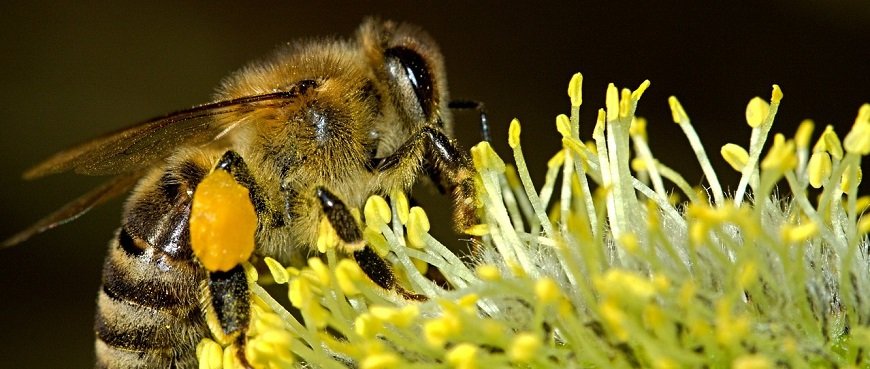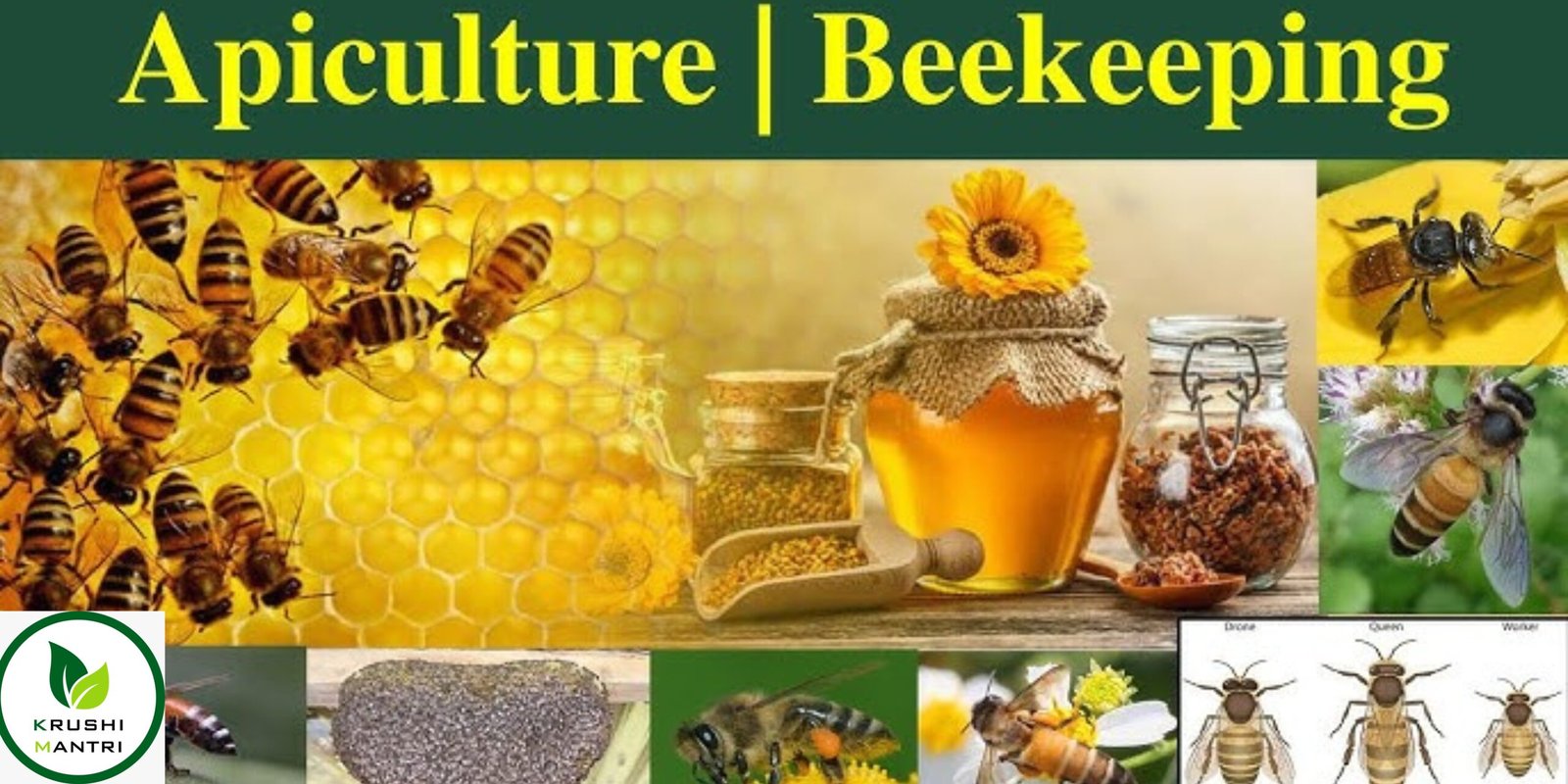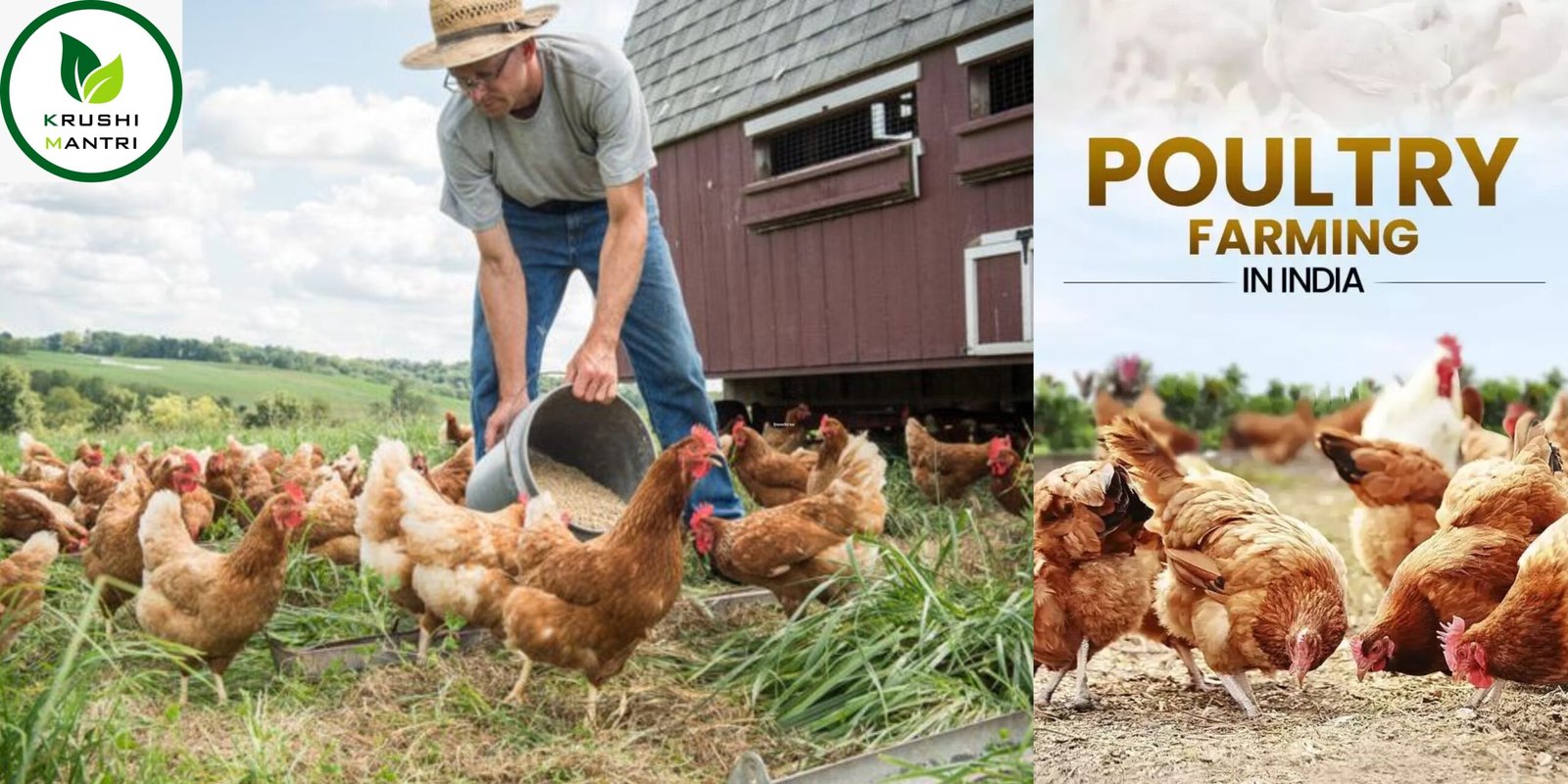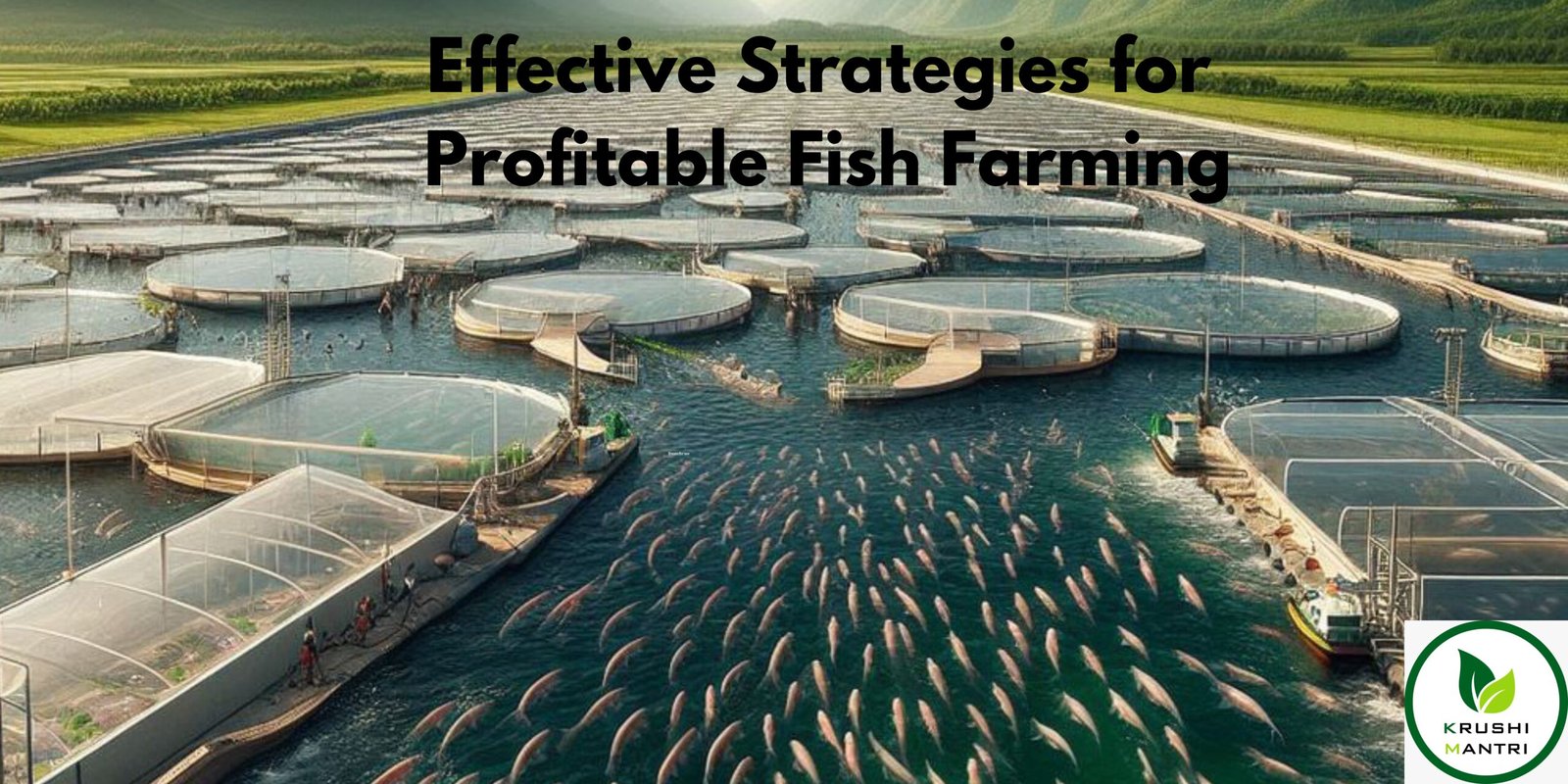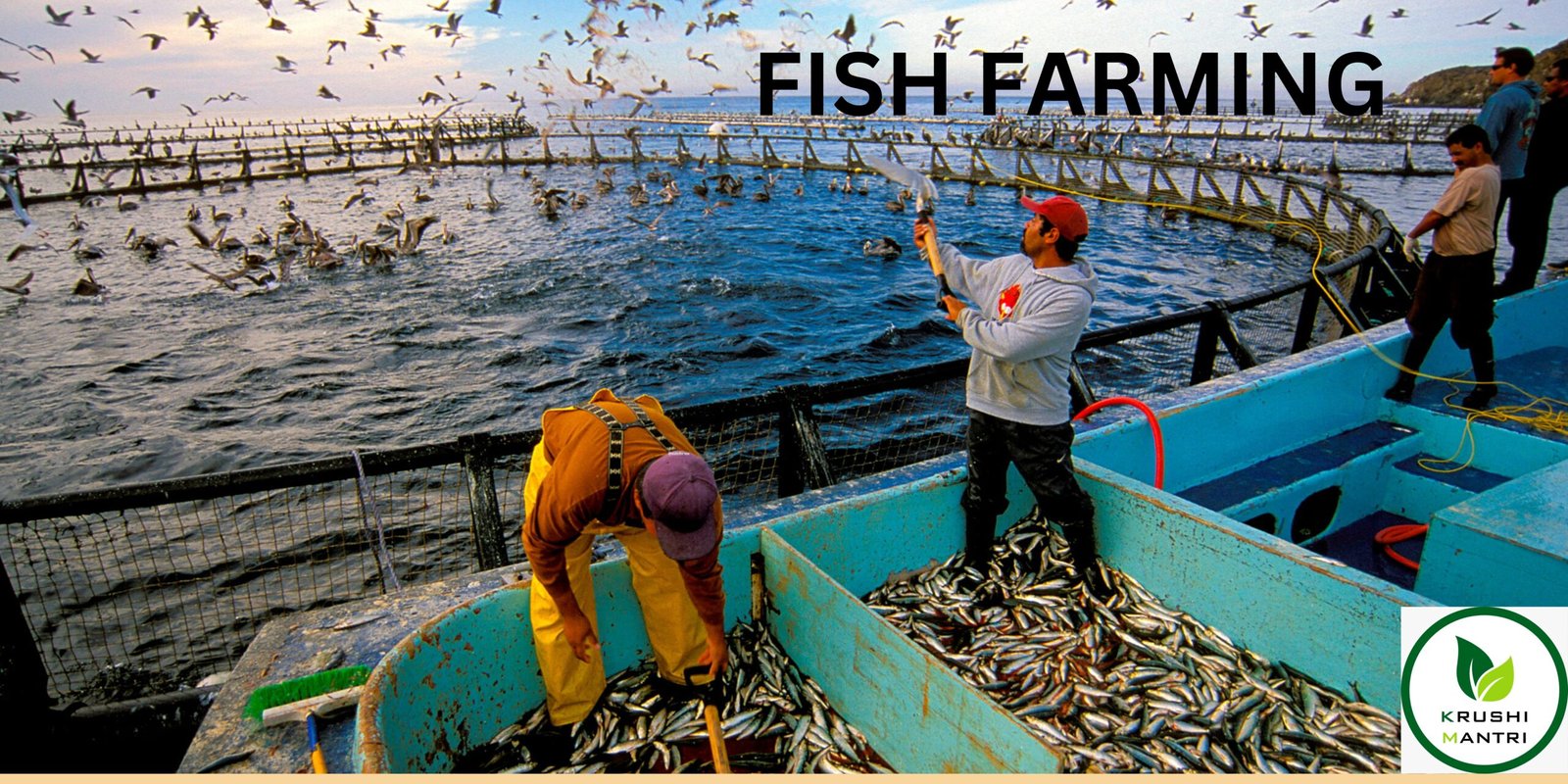Honey Bee Farming – ₹160,000 Profit
Greetings readers,
I am Krushimantri and I am thrilled to share my personal experience and knowledge about honey bee farming, also known as beekeeping. As you may know, beekeeping has been practiced for thousands of years and has gained immense popularity in recent years due to the growing demand for honey and other bee products.
Beekeeping involves careful management of the hives and the health of the bees, which requires regular monitoring for diseases and pests, providing food and water, and protecting the bees from environmental threats like pesticides and habitat loss. A skilled beekeeper must also extract honey and other products without harming the bees and managing the hives effectively.
Honey bee farming is not just a source of honey and other bee products, it also plays a crucial role in pollination, which is vital for many crops. In fact, honey bees are responsible for pollinating over one-third of the world’s crops, making them an essential part of our food system.
Overall, honey bee farming is an intriguing and important practice that requires dedication and skill. It provides a sustainable source of valuable products and plays a critical role in supporting the health of our ecosystem and food system.
I invite you to join me in exploring the wonders of honey bee farming and the benefits it offers. Let’s dive into the world of beekeeping and discover the power of these amazing creatures!
And don’t miss the exciting lie that I’ll reveal at the end of this post, which will leave you mesmerized and wanting to read more.

The major regions in India for honey bee farming.
Here is a table showing the major states in India for honey bee farming and their honey production data for the last five year

Profit can be earned from bee farming.
Beekeeping has emerged as a lucrative business opportunity for farmers, with the potential to earn approximately Rs 3 crore annually. According to various statistics, each bee box can yield around 40 kg of honey. By selling the honey at a price of 100 rupees per kg, one can earn a total of 40 x 100 = 4000 rupees per box. The total income from apiculture in agriculture can be estimated to be around 40 x 4000 = 1,60,000 rupees. These figures indicate that honey bee farming can be highly profitable for farmers.
How to Start Honey Bee Farming in India

1. Location Requirement
Honey bee farming requires a suitable location that meets certain requirements for the bees to thrive. The location should have access to adequate sources of nectar and pollen, which are essential for the bees’ survival. Ideally, the area should have a diverse range of flowering plants, including trees, shrubs, and wildflowers that bloom throughout the year.
The location should also be free from harmful chemicals and pesticides that can harm the bees. Additionally, the apiary site should be situated away from areas with high foot traffic or other potential disturbances.
A water source should also be available nearby, as bees require water for hydration and cooling the hive. The location should be well-drained to prevent water from pooling around the hive.
Finally, the location should have suitable weather conditions for beekeeping. Bees thrive in temperatures between 50-80°F (10-27°C) and require ample sunlight. Areas with consistent weather patterns are ideal for beekeeping, as fluctuations in temperature or humidity can negatively impact the colony.
2. Hives Condition
Maintaining proper conditions for honey bee hives is crucial for the success of a beekeeping operation. Some important factors to consider include:
- Size and Type of Hive: The size and type of hive used will depend on factors such as climate, location, and the beekeeper’s preference. Common hive types include Langstroth, top bar, and Warre hives.
- Quality of Hive Components: The hive components such as frames, foundation, and supers should be of good quality and in good condition to provide a safe and healthy environment for the bees.
- Ventilation: Proper ventilation is essential to prevent the buildup of moisture and ensure adequate air circulation.
- Protection from Weather: Hives should be protected from extreme weather conditions such as strong winds, heavy rain, and extreme heat or cold.
- Protection from Pests and Predators: The hive should be protected from pests and predators such as ants, mice, and bears. The use of protective screens and entrance reducers can help deter intruders.
- Cleaning and Maintenance: Regular cleaning and maintenance of the hive components can help prevent the buildup of debris and ensure the overall health of the hive.
By paying attention to these factors, beekeepers can help ensure that their hives are in optimal condition for the health and productivity of their honey bees.
Types of Beehives
There are several types of beehives used in beekeeping. Here are some of the most common types:
- Langstroth Hive:- This is the most common type of beehive used in beekeeping. It consists of boxes stacked on top of each other, with frames inside on which the bees build their comb. The frames can be easily removed for inspection and honey harvesting.
- Top Bar Hive:- This is a horizontal beehive where the bees build their comb from bars placed at the top of the hive. This type of hive is simpler to construct and maintain than a Langstroth hive.
- Warre Hive:- This type of hive is similar to the top bar hive, but with boxes stacked on top of each other. The Warre hive is designed to mimic the natural habitat of bees.
- Flow Hive:- This is a relatively new type of hive that allows honey to be harvested without disturbing the bees. The hive has a mechanism that allows honey to flow out of the hive and into a collection jar.
- Observation Hive:- This is a hive designed for educational purposes or for indoor use. It typically consists of a glass or plastic enclosure that allows people to observe the bees at work.
Each type of beehive has its advantages and disadvantages, and the choice of hive will depend on factors such as the beekeeper’s experience, the location of the hive, and the intended use of the hive.
3. Know About the Bees
Bees are flying insects that are known for their role in pollinating flowers and producing honey. There are over 20,000 known species of bees, but the most well-known are the honey bees, bumblebees, and carpenter bees.
Honey bees are social insects that live in colonies consisting of a queen bee, worker bees, and drones. The queen bee is responsible for laying eggs, while the worker bees take care of the hive and collect nectar and pollen to produce honey. Drones are male bees that mate with the queen bee.
Bumblebees are also social insects that live in colonies, but they are typically smaller than honey bee colonies. They are known for their fuzzy bodies and loud buzzing sound.
Carpenter bees are solitary insects that do not live in colonies. They are named for their ability to excavate tunnels in wood, which they use as nesting sites.
Bees play a vital role in the ecosystem by pollinating plants, which is necessary for the production of many of the fruits, vegetables, and nuts that humans consume. They also produce honey, beeswax, and other products that are used for food, medicine, and other purposes.
However, bees are facing many threats, including habitat loss, pesticide use, and climate change. It is important to take steps to protect bees and their habitats to ensure their survival and the continuation of their important role in the ecosystem.
Types of Honey Bees
In India, there are four main types of honey bees that are commonly found:
- Apis dorsata (Rock bee or Giant honey bee):- This species is the largest honey bee species found in India. They are known for their distinctive large nests that are usually built on exposed tree branches or cliffs. They are known for their aggressive behavior when their nests are disturbed, and they produce a large amount of honey. (38 – 40 kg of honey per year in each colony.)
- Apis cerana (Indian honey bee or Eastern honey bee):- This species is smaller in size compared to Apis dorsata and is commonly found in India. They are known for building their nests in tree hollows, crevices, or man-made structures. They are less aggressive compared to Apis dorsata and are widely used for honey production in India. (Apis cerana gives 2 to 5 kg per year per colony.)
- Apis florea (Little honey bee or Dwarf honey bee):– This species is the smallest honey bee species found in India. They are known for building small, exposed nests usually on tree branches, shrubs, or under eaves of buildings. They are relatively less common compared to Apis dorsata and Apis cerana. ( 1 kilogram of honey yearly.)
- Apis mellifera (European honey bee or Western honey bee):- This species is not native to India, but it has been introduced and is kept in some parts of the country for honey production. They are smaller in size compared to Apis dorsata and are known for their high honey production and gentle nature. (20 kg to 40 kg of honey per year per colony.)
These are the main types of honey bees found in India, and each species has its unique characteristics and behavior. Beekeepers in India often keep Apis cerana and Apis mellifera for honey production, while Apis dorsata and Apis florea are usually found in the wild and are less commonly used for commercial honey production.
4. Equipment for Honey Bee Cultivation
Beekeeping or honey bee cultivation requires specific equipment to manage the bees and harvest honey. Here are some of the most important pieces of equipment required for honey bee cultivation:
- Beehive:- The beehive is the home of the honey bees. It can be made of wood, plastic, or other materials and comes in different shapes and sizes.
- Frames and Foundation:- The frames and foundation are placed inside the beehive to provide support for the honeycomb. The foundation is a sheet of wax or plastic that serves as a guide for the bees to build their comb.
- Smoker:- The smoker is a tool used to calm the bees when working in the hive. It produces smoke that masks the bees’ pheromones and makes them less aggressive.
- Hive Tool:- The hive tool is a multipurpose tool used to open the hive, pry apart the frames, and scrape off excess wax and propolis.
- Protective Gear:- Beekeepers wear protective gear to prevent bee stings. The gear usually includes a bee suit, gloves, and a veil.
- Extractor:- The honey extractor is a machine used to remove honey from the comb. It works by spinning the frames to extract the honey.
- Honey Strainer:- The honey strainer is used to filter out any impurities from the honey before bottling.
- Bottles and Jars:- The final step of honey harvesting is bottling the honey. Beekeepers use glass or plastic bottles and jars to store their honey.
These are some of the basic equipment required for honey bee cultivation. The specific equipment needed may vary depending on the beekeeper’s experience, the size of the operation, and the location of the hives.
5. Managing Bees for Pollination
Managing bees for pollination is an important aspect of beekeeping, as honey bees are known to be important pollinators of various crops and plants. Here are some tips on how to manage bees for pollination:
- Timing:- Bees are most active during warm and dry weather, so it is important to time pollination activities during favorable weather conditions. It is also important to consider the bloom time of the crops that need pollination and have enough bees available during that time.
- Hive Placement:- Hive placement is important for effective pollination. The hives should be placed near the crops that need pollination, and they should be positioned in a way that allows the bees to fly directly to the plants. The hives should also be placed in a location that is sheltered from wind and receives adequate sunlight.
- Hive Management:- Beekeepers should manage the hives to ensure that they have healthy and strong colonies that can effectively pollinate the crops. This includes providing the bees with enough food, water, and shelter, and monitoring the hive for pests and diseases.
- Bee Population:- The number of bees required for pollination depends on the crop being pollinated and the size of the area. A general rule of thumb is to have at least one hive per acre of land. However, larger and more complex crops may require more bees.
- Chemical Use:- It is important to avoid using pesticides and other chemicals that can harm the bees and other pollinators. Beekeepers should work with farmers to develop an integrated pest management plan that minimizes the use of harmful chemicals.
By following these tips, beekeepers can effectively manage their bees for pollination and help improve the yield and quality of crops. Additionally, the increased pollination can also help improve the overall health and diversity of the local ecosystem.
6. Pests and Diseases
Honey bees in India are affected by pests and diseases. Some of the pests that affect honey bees in India include wax moths. Diseases that affect honey bees in India include infectious and parasitic diseases. The strength of the colony can also affect the incidence of pests and diseases. Some of the diseases that affect honey bees in general include Nosema and American Foulbrood. Disease management is important for the success of the colony and apiary operation.
7. Honey Bees Harvesting
Beekeepers usually harvest honey from their hives 2 to 3 times per season, which is between mid-June to mid-September, depending on the local climate and plant life. However, the frequency of honey harvesting depends on several factors, such as the size of the hive, weather conditions, and the surrounding plant life. Bad weather conditions, diseases, and pests infiltrating the hives can also affect the harvesting schedule. An average beekeeper can harvest honey 2 to 3 times per year, but this can vary depending on the above factors. Experienced beekeepers with strong colonies can harvest honey twice during one season. It is important to note that beginners may not be able to harvest honey as frequently as experienced beekeepers.
Facts of Bees
I will share with you some fascinating facts about bees based on my personal experience. As we know, bees are not only fascinating insects but also play an important role in our ecosystem, particularly as pollinators. Here are some interesting facts about bees that you may not know:
Firstly, bees are crucial pollinators for a variety of plants, including flowers, fruits, and vegetables. They help to transfer pollen between the male and female parts of plants, enabling them to produce seeds and reproduce.
Honey bees are responsible for pollinating approximately 16% of the world’s flowering plants and around 400 agricultural crop plants, making them an essential part of the food system. They are crucial for the reproduction of many native plants and crops, with around 75% of crop plants requiring some degree of animal pollination.
Bees are social insects that live in colonies or hives. The queen bee is the only bee that lays eggs, and she can lay up to 2,000 eggs per day. Bees communicate with each other through dance and pheromones, which is a fascinating aspect of their behavior.
In addition to their role as pollinators, bees also produce honey, which is a natural sweetener with antibacterial properties. Beeswax is another valuable product of bees, used in cosmetics, candles, and other products.
In conclusion, bees are amazing creatures that play a crucial role in our ecosystem. As you can see, their importance goes far beyond just producing honey and other products. I hope these facts have helped you to appreciate the incredible contribution that bees make to our world. Stay tuned for more exciting topics!
We hope this blog is vital for you; hence more information regarding any agriculture sector, stay tuned with Krushimantri.com
And more information regarding any travel, stay turned with urbanchats.com
FAQS
Q1. What is honey bee farming?
Answer:- Honey bee farming, also known as beekeeping, is the practice of raising bees in order to harvest their products such as honey, beeswax, royal jelly, flower pollen, and bee pollen.
Q2. How long has beekeeping been practiced?
Answer: Beekeeping has been practiced for thousands of years.
Q3. Why has beekeeping become increasingly popular in recent years?
Answer: There has been a growing demand for honey and other bee products, which has made beekeeping increasingly popular.
Q4. How much profit can be earned from bee farming in India?
Answer: Beekeeping has the potential to earn approximately Rs 3 crore annually in India.
Q5. What are the requirements for a suitable location for honey bee farming?
Answer: A suitable location for honey bee farming should have access to adequate sources of nectar and pollen, be free from harmful chemicals and pesticides, have a water source nearby, and suitable weather conditions.
Q6. What factors are important for maintaining proper conditions for honey bee hives?
Answer: Size and type of hive, quality of hive components, ventilation, protection from weather, protection from pests and predators, and cleaning and maintenance are all important factors for maintaining proper conditions for honey bee hives.
Q7. What is the honey bee farming project report?
Answer:- A honey bee farming project report is a detailed document that outlines the various aspects of a beekeeping business. It typically includes information on the project’s objectives, market analysis, production plan, financial projections, and risk assessment. The report is used to assess the feasibility of the project and secure funding from investors or financial institutions. It is also used as a guide for the project team to manage the project and monitor progress against established goals.
Q8. Why is beekeeping beneficial for human beings?
Answer:-
- Honey production: Bees are kept primarily for their honey, which is a delicious and nutritious natural sweetener and has several medicinal properties.
- Pollination: Bees play a crucial role in pollinating crops, which leads to higher yields and better quality produce. This, in turn, benefits both farmers and consumers.
- Environmental benefits: Bees help to maintain the ecological balance by pollinating plants and flowers. This enhances the biodiversity of an area and helps in the conservation of various plant species.
- Economic benefits: Beekeeping can be a source of income for beekeepers, particularly in rural areas. It can also provide job opportunities in the honey and beekeeping industry.
- Educational benefits: Beekeeping can be a great educational tool for children and adults alike, teaching them about the importance of bees, honey production, and the role of bees in the environment.
Q9. What is stingless bee farming, and how is it beneficial?
Answer:- Stingless bee farming is a type of beekeeping that involves raising stingless bees in hives for their honey and other products. Stingless bees are smaller than honey bees and do not have a stinger, making them easier to handle and less dangerous to work with. Stingless bee farming is beneficial because it provides an alternative source of income for farmers, helps to conserve native bee species, and produces honey with unique flavors and medicinal properties. Additionally, stingless bee pollination can enhance crop yields and promote biodiversity in ecosystems.
Q10. What will happen if there are no bees?
Answer:- If there were no bees, it would have a catastrophic impact on the ecosystem and the environment. Bees play a crucial role in pollinating plants, which is necessary for the growth of fruits, vegetables, and other crops. Without bees, many plants would not be pollinated, leading to a decline in crop yields, affecting food production, and leading to a decline in biodiversity. This, in turn, could lead to a cascading effect on the entire food chain and ultimately affect human survival.
